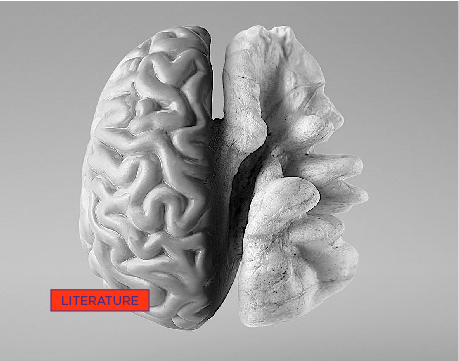Eating: an articulated pattern of motor schemes and sensory feedback; an intricate – though common to all living species – innate and instinctive act, with a deep social and cultural value, as well as a profound emotional meaning.
Sensory channel inextricably associated with the act of eating: taste.
A neuroscientific branch, recently baptized neurogastronomy by neuroscientist Gordon Shepherd (Yale), has as its object of study the fascinating integration of neural processes that return the above perception of taste and experience related to food[1].
So, what are the exogenous and endogenous factors that really influence our gastronomic experiences?
In the common imaginary, the evaluation of food and consequently the overall appreciation of a dish or eating experience depend on the sense of taste and the work done by all the receptors present in our oral cavity. However, neurophysiology and neuroimaging studies suggest that, indeed, this output depends on a complex multimodal integration of inputs from all our senses (which we conventionally classify as five, although being much more).
All stimuli, from olfactory to visual, auditory, tactile, thermal, etc., make up the ultimate puzzle, and as one of these varies, so does our ultimate assessment and sensation of taste[2].
As if that were not enough, literature teaches us that the perception of food is not even reducible to a simple physiological issue, limited to the momentary act of eating.
Consider, for example, that the very anticipation of a food involves an even greater neural activation than the actual consumption of the expected dish itself [3].
Does this mean that the mere thought of food is capable of making such important changes to our metabolic homeostasis?
Indeed. Food constitutes one of the most overwhelming stimuli for our nervous system. The simple sight of a desirable food, especially if we are in a state of hunger, can result in a cerebral metabolic increase of – an astonishing – 24%[4].
Applied to an everyday life context, this theory translates into the assumption that food appreciation and the experience of eating are the result of a dense network of interferences arising from the set of multisensory recordings from the environment and unconscious processing, which ultimately “contaminate” our decision-making and behavioural outputs.
This set of insights opens the door to a field of cutting-edge research, but above all of fundamental application. If it is true that an exogenous stimulus (visual, tactile, etc.) can influence the intensity of the perceived taste of food, we cannot underestimate the essential role of the built space. All multimodal inputs, therefore even those deriving from the surrounding environment – whether on an architectural scale or restricted to our peri-personal space – inevitably influence our perception. Not only do they constitute an active and dynamic part of the afore-mentioned pattern of information, but: a correct management of the environment determines, indeed, the quality of our gastronomic experiences. This assumption leaves room for a new design approach – scientifically supported – of spaces dedicated to the most powerful stimulus known to human beings: food.
[1] Spence, C., (2012). Book Review: ‘Neurogastronomy: how the brain creates flavor and why it matters’ by Gordon M. Shepherd; Flavour 1, 21.
[2] Verhagen, J. V., & Engelen, L. (2006). The neurocognitive bases of human multimodal food perception: sensory integration. Neuroscience & biobehavioral reviews, 30(5), 613-650;
[3] O’Doherty, J. P., Deichmann, R., Critchley, H. D., & Dolan, R. J. (2002). Neural responses during anticipation of a primary taste reward. Neuron, 33(5), 815-826;
[4] Wang G. J., Volkow N. D., Telang F., Jayne M., Ma J., Rao M., Zhu W., Wong C. T., Pappas N. R., Geliebter A., Fowler J. S. (2004). Exposure to appetitive food stimuli markedly activates the human brain. Neuroimage. Apr;21(4): 1790-1797.
Written by Veronica Giannini, neuroscientist, researcher and neuroscience consultant.

